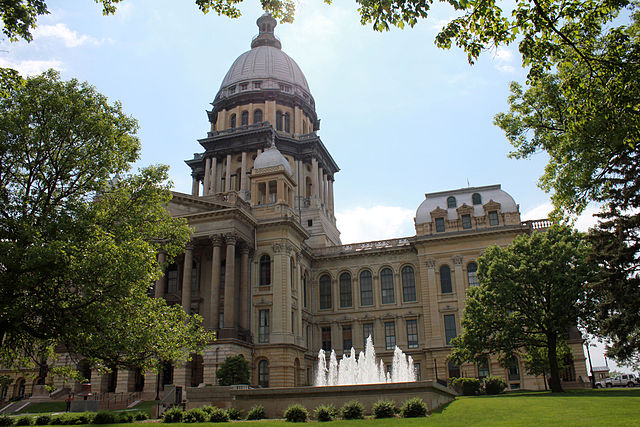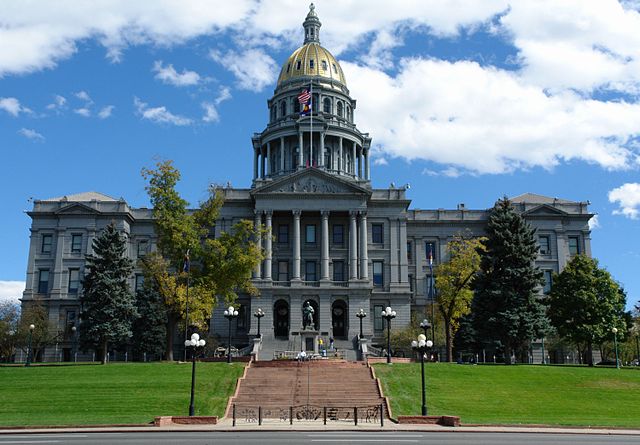Ed Mendel is a reporter who covered the Capitol in Sacramento for nearly three decades, most recently for the San Diego Union-Tribune. Find more of his stories at Calpensions.com.
The push back from schools hit with a huge CalSTRS rate increase, expected to be an additional $3.7 billion a year when fully phased in, is not that it’s unaffordable and will hurt students or unfairly lets the state and teachers off the hook.
Instead, a coalition of school districts, including the giant Los Angeles Unified School District, is proposing a separate budget item for the CalSTRS rate increase within the Proposition 98 school-funding guarantee.
The change would not require the state to spend more money on schools. But the coalition thinks a separate budget item could ensure that funding for the CalSTRS rate increase, as it’s phased in over seven years, “will grow at a predictable rate” for all school districts.
As it stands now, school districts would have to pay for the CalSTRS rate increase with money from a new K-12 funding plan adopted two years ago, the Local Control Funding Formula.
The big bite for CalSTRS would be obscured among other funds, the coalition fears, and the new funding plan’s goals of restoring funding to the pre-recession 2007-8 level and providing more money for targeted schools could be disrupted and delayed.
“The requirement of schools to fund these increased (CalSTRS) contributions within the LCFF undermines the goals and the promise of increased services for students in California,” the coalition said in a statement last December.
“Addressing this important funding issue up front will keep the goals and objectives of the LCFF intact, and is essential to ensuring students are served as envisioned.”
Since December the coalition membership has grown to 160 school districts, and legislators and the Brown administration have been told of the proposal, Scott Patterson, Grossmont Union High School District deputy superintendent, said last week.
A potential issue is whether the California State Teachers Retirement System rate increase could create winners and losers among school districts.
The new funding formula gives extra money to targeted schools with large numbers of students who are English language learners, recipients of subsidized meals, and from foster homes.
If there is no separate budget item, a district that gets mainly the base grant might have much of its Proposition 98 increase eaten up as the CalSTRS rate increase is phased in. But a district that gets additional targeted money could still get a substantial increase.
STRS pension costs are based on the number of teachers, which tends to be proportionate to total student enrollment. Extra money for targeted schools under the new funding formula is based on a different factor, student demographics.
Patterson said the coalition believes its proposal for a separate state budget item “would help alleviate” the creation of winners and losers as the CalSTRS rate increase is phased in.
The coalition knows of no active opposition to its proposal among schools or community colleges, he said, and the powerful California Teachers Association has not taken a position.

The Brown administration had no comment on the coalition proposal last week. Gov. Brown is expected to issue the “May revise” this week, an update of his January proposal for a new state budget for the fiscal year beginning July 1.
The state could have a surplus of several billion dollars, though much of the tax revenue surge may be temporary. It’s a windfall for schools, possibly too much for lawmakers who want to restore funding for other programs cut during the recession.
“Surprisingly perhaps, these revenue trends pose a risk for the state budget mainly because higher revenues in 2014-15 boost ongoing spending on schools and community colleges under Proposition 98, potentially making it harder for the state to balance its budget in 2015-16 and beyond,” the Legislative Analyst’s Office said last month.
The timing is remarkable for CalSTRS, which unlike most California public pension funds lacks the power to raise employer pension rates, needing legislation instead. Lawmakers ignored CalSTRS pleas for a rate increase for nearly a decade.
Now the big rate increase finally approved last year begins to phase in amid an incoming tide of school funding, arguably making it more difficult for the coalition to catch the ear of lawmakers because there is no squeaking wheel.
If the coalition is not successful this year, the issue may heat up before the CalSTRS rate increase is fully phased in by 2020.
The coalition expects CalSTRS costs for the average unified school district to increase from 3.8 percent of the budget to nearly 9 percent over the seven years. Districts also have another big pension cost for non-teaching employees in CalPERS.
In the new fiscal year, the coalition expects the CalSTRS rate increase to increase school costs by an estimated $430 million and then to escalate, step by step, to an additional $3.7 billion a year by 2020.
“We want to be careful in expressing that we are not opposed to the increased CalSTRS contributions that are necessary to help put the program back on sound financial footing,” said Patterson.
A big rate increase is sorely needed. A new actuarial report last month shows that CalSTRS as of last June 30 had 68.5 percent of the projected assets needed to pay future pension obligations. The debt or unfunded liability was $72.7 billion.
The total contribution to CalSTRS from schools, teachers and the state last fiscal year was $5.7 billion, about half of what CalSTRS paid out during the year for pensions and death and survivor benefits, $11.7 billion.
The CalSTRS investment fund, expected to pay roughly two-thirds of future pension costs, was $180 billion in 2007, dropped to $112 billion in 2009, and was only back up to $191 billion last March 31, despite a major six-year bull market.
Before the increase last year, the CalSTRS contribution rates for schools and other employers (8.25 percent of pay) and teachers (8 percent) were similar. Now the schools rate will more than double to 19.1 percent of pay by 2020.
The rate for most teachers goes up about a quarter, reaching 10.25 percent of pay next year. The increase is regarded as a violation of “vested rights” only allowed if offset by a new benefit that, in this case, is guaranteeing a 2 percent cost-of-living adjustment.
The state contribution to CalSTRS, which had been a combined total of 5.5 percent of pay to two separate funds, tops out after three steps at 8.8 percent in July of next year.
When a soaring stock market briefly pushed the CalSTRS funding level above 100 percent in the late 1990s, a half dozen measures increased pension benefits and cut contribution rates.
A Milliman actuarial report two years ago said if CalSTRS were still operating under its 1990 structure, pensions would have been 88 percent funded instead of 67 percent — a gap that could have been closed with a much smaller rate increase.
Photo by dhendrix73 via Flickr CC License









